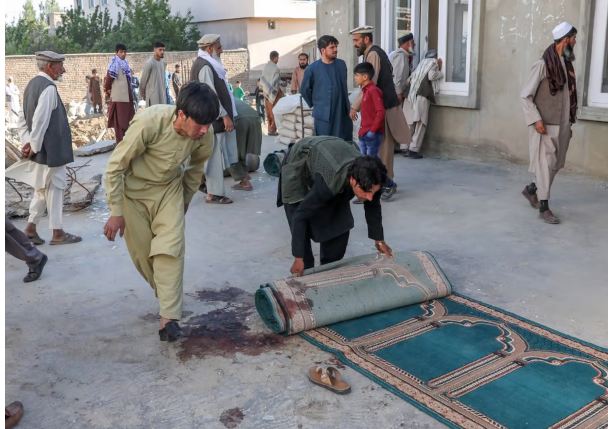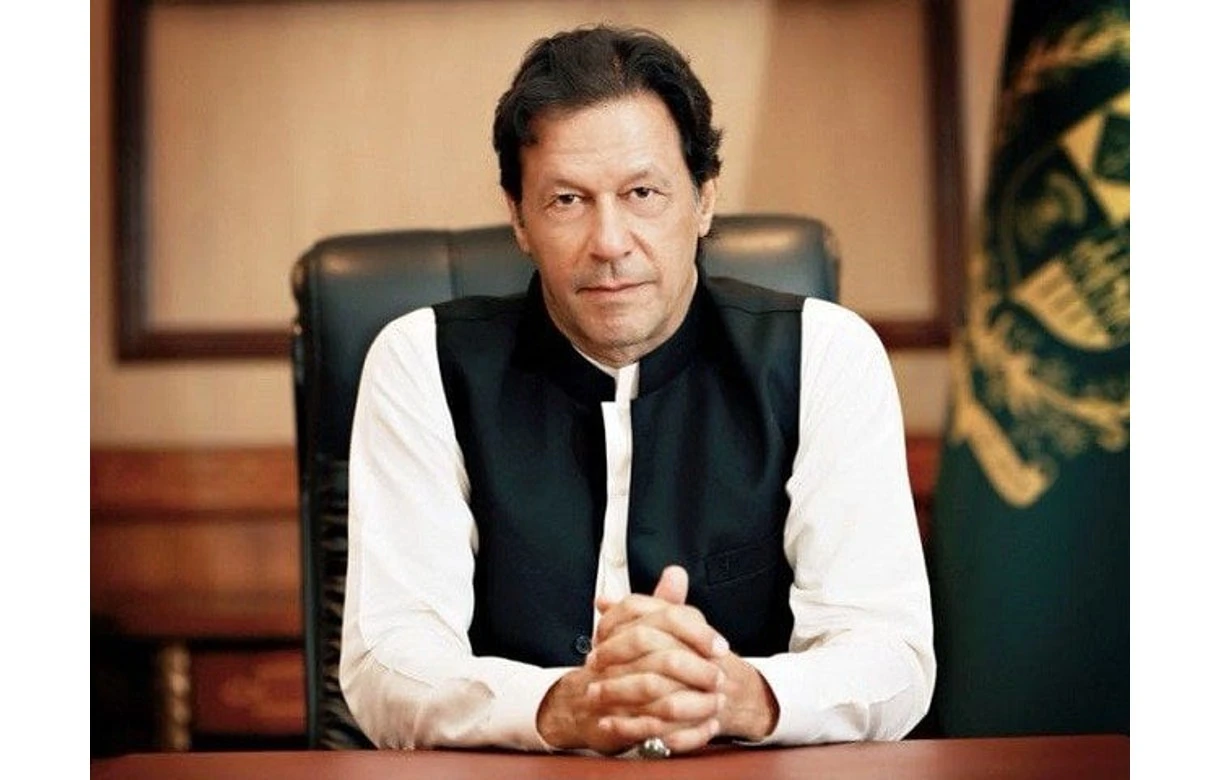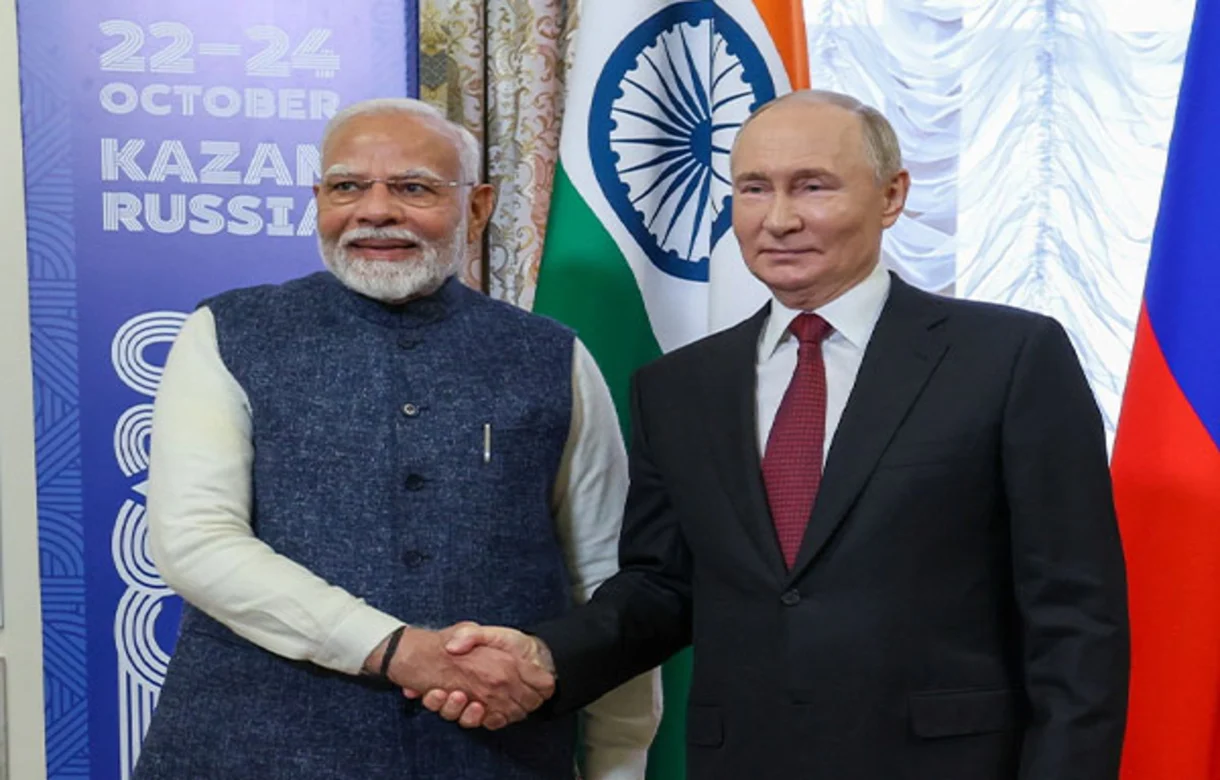Latest world news
Nobel Peace Prize 2021: Journalists Maria Ressa and Dmitry Muratov get honour
The Nobel Peace Prize committee said in a statement that free, independent and fact-based journalism serves to protect against abuse of power, lies and war propaganda, without freedom of expression and freedom of the press, it will be difficult to successfully promote fraternity between nations.
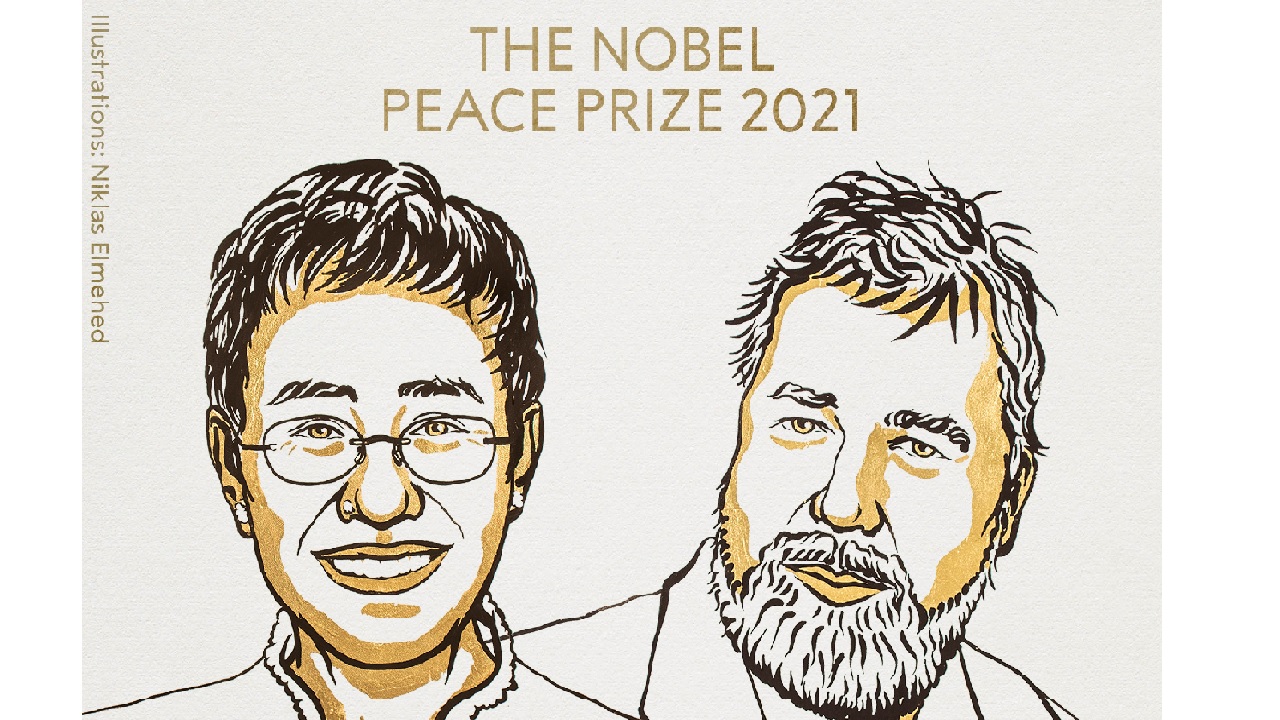
Latest world news
Imran Khan accuses Asim Munir of mental torture, says sister after rare jail meeting
Imran Khan has alleged “mental torture” inside Adiala Jail, according to his sister who met him after weeks of blocked access. The family claims authorities are withholding information about his condition.
Latest world news
Trump pledges permanent pause on migration from Third World countries in Thanksgiving message
US President Donald Trump declared that migration from all Third World countries will be permanently paused, criticising current immigration policies and announcing measures to remove non-citizens who he says do not benefit the US.
Latest world news
Putin to visit India on December 4-5 for annual summit with PM Modi
Vladimir Putin will visit India on December 4-5 for the 23rd India-Russia Annual Summit, where he and PM Modi will review bilateral progress and discuss strategic issues.
-
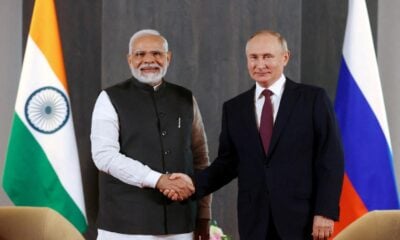
 India News13 hours ago
India News13 hours agoPutin begins two-day India visit today, defence, energy and trade talks on agenda
-

 India News9 hours ago
India News9 hours agoRahul Gandhi attacks Centre ahead of Vladimir Putin’s India visit
-

 India News4 hours ago
India News4 hours agoPM Modi welcomes Vladimir Putin with warm hug as Russian President begins India visit
-

 India News13 hours ago
India News13 hours agoIndiGo flight cancellations deepen as crew shortage hits operations nationwide
-
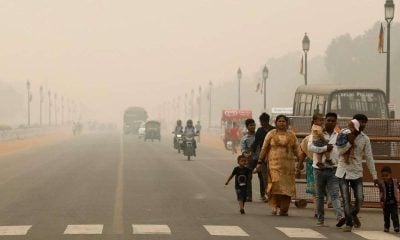
 India News4 hours ago
India News4 hours agoDelhi to install 305 mist sprayers across 9 major pollution hotspots
-
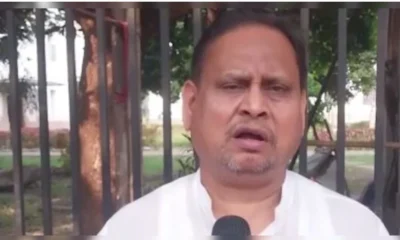
 India News9 hours ago
India News9 hours agoTMC MLA Humayun Kabir suspended after Babri Mosque replica proposal sparks row
-

 Cricket news4 hours ago
Cricket news4 hours agoRavi Shastri warns critics against messing around with Virat Kohli and Rohit Sharma










